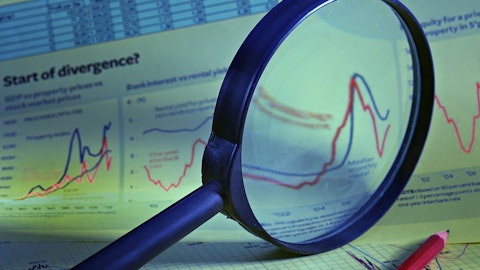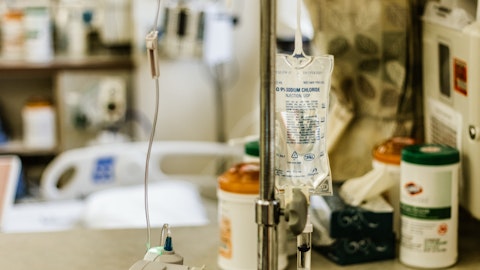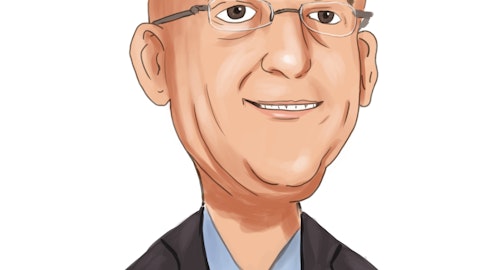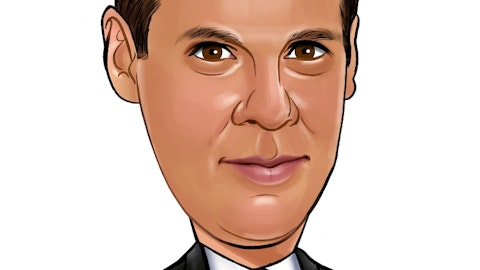Emil Kakkis: So the question is whether you can stimulate too much bone growth and kind of impinge nerves like in hearing or otherwise, I think the truth is these patients are very deficient in their bone production. So we’re starting from a place of deficiency. And while if you had a genetic defect of sclerostin, you might get these problems the ability for us to knock down the level of cost to the degree required, I think, is very different from a genetic deficiency state. Secondly, I would say, the patients are beginning at a position of very deficient bone quantity. As we treat them and grow, we’ll look at — after we’ve improved their bone strength at a point of establishing a maintenance dosing. And based on the asteroid study where we — the treatment was stopped and we looked at resorption, it looks like we can establish, let’s say, less frequent maintenance dosing once we get patients fully loaded and having their bone strength improved, which I think would mitigate, for example, if there was a long-term risk of that kind.
But let’s face it, right now, these patients are suffering every day. Their bones are disintegrating and that’s first order of business, but we’ll always watch out for managing the effect of our drugs going forward. But at this point, we’re not concerned about it in the beginning of this program.
Operator: And our next question comes from the line of Yigal Nochomovitz from Citi.
Yigal Nochomovitz: So obviously, we are getting a lot of questions lately on the OI program and romo comes up quite a lot in that conversation, which obviously, as you know, is anti-sclerostin. So if you could help us with the quick elevator pitch on why setrusumab is differentiated from romo, and why your antibody will be the preferred option potentially NOI? Answer
Emil Kakkis: Sure. First of all, romo was designed and developed for treatment of osteoporosis and approved and labeled in that area. What we’re going to be doing is dose optimizing for the osteogenesis imperfecta indication, not the osteoporosis indication. They have a limit of 12 months of treatment, we will not have that limit. We will be able to have chronic dosing, which will be very important in this disease, which is lifelong. And secondly, by optimizing the dosing regimen, we’ll be able to treat patients in an optimal way as a rare disease company will also be able to support patients specifically. So the combination of the dose, the regimen and support programs will differentiate setrusumab from what out there at romo right now. So those are some of the factors, I think, that will be important.
Yigal Nochomovitz: And just a follow-up on Gena’s earlier question regarding the dose selection for the OI study that you’re going to read out in the middle of the year. Once you select that dose, will that be the same dose that is used in the younger patients in the two to five year-old when you’re comparing head-to-head versus the post?
Emil Kakkis: Well, if that dose, for example, turns out to be higher, if 20 isn’t the dose, it needs to be higher, we’ll then adapt that over to the other study dose as well. We would expect to.
Operator: And our next question comes from the line of Tazeen Ahmad from Bank of America.
Tazeen Ahmad: Emil, I just wanted to follow up maybe on the opportunity in Sanfilippo syndrome for UX111. Can you just remind us what the competitive landscape looks like today? And how many patients do you think there are in the U.S. and abroad. And then a quick follow-up on your manufacturing facility on the new one, would that support all of your gene therapy programs going forward?





